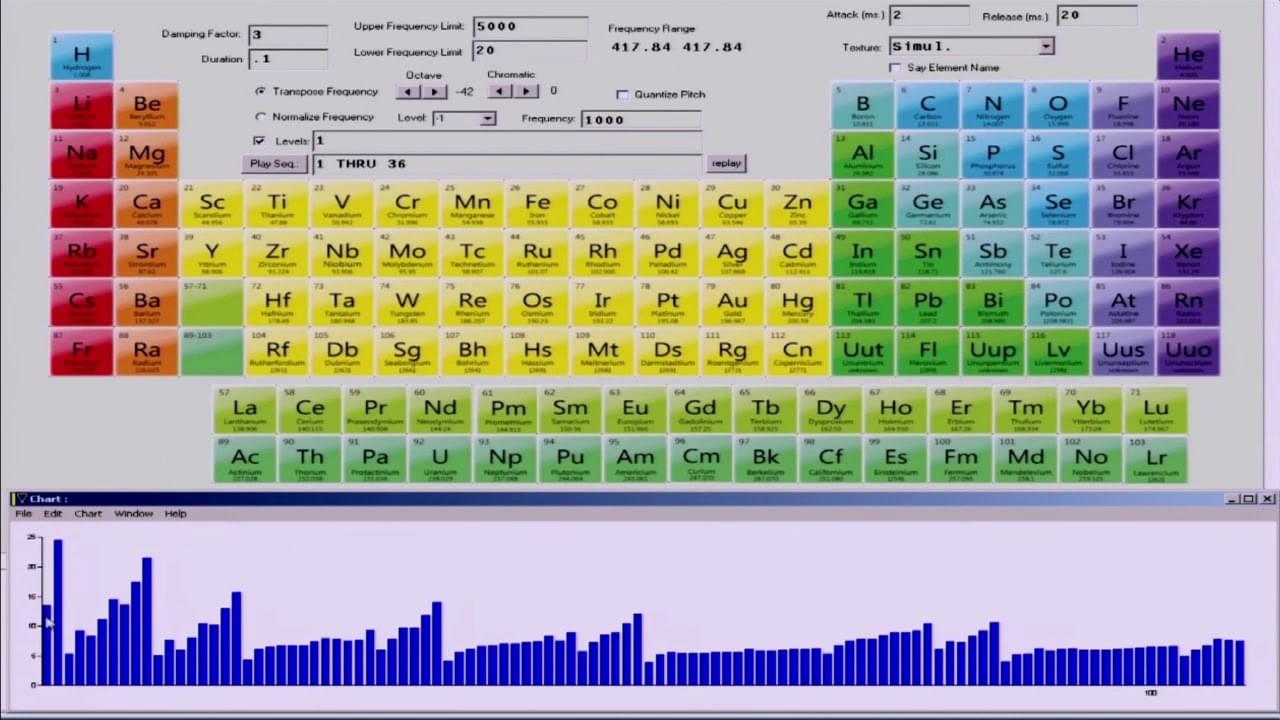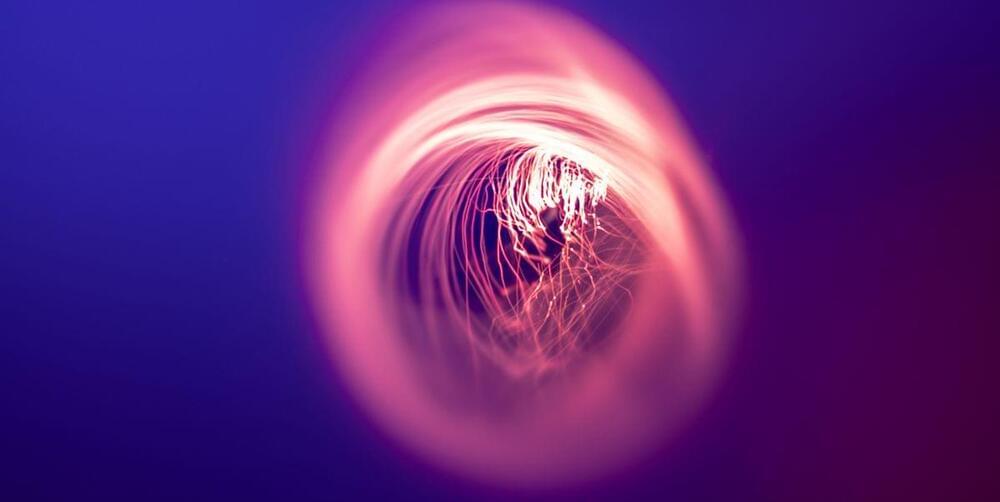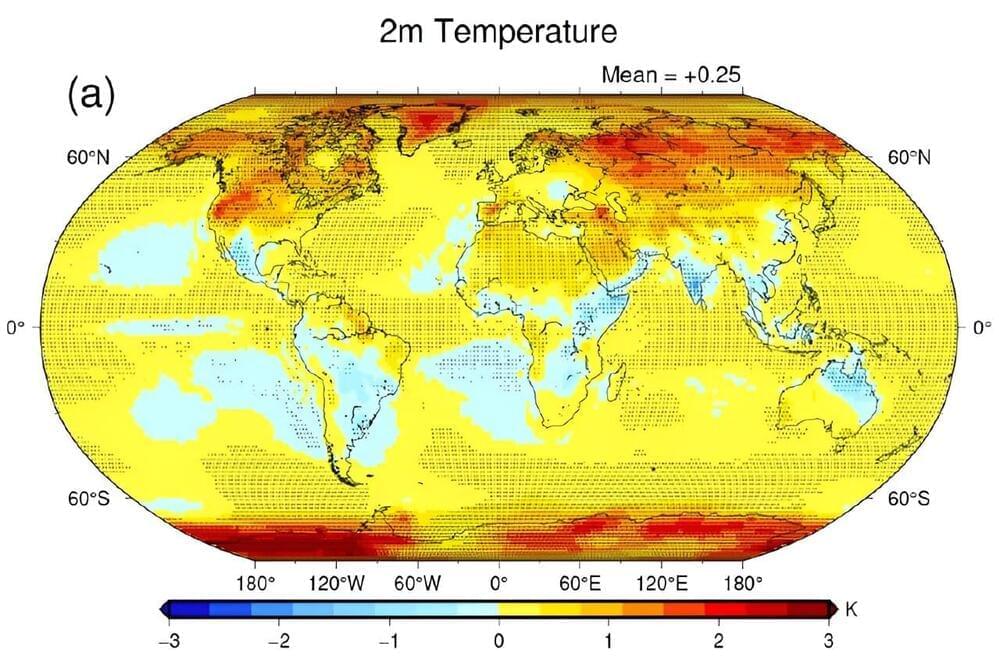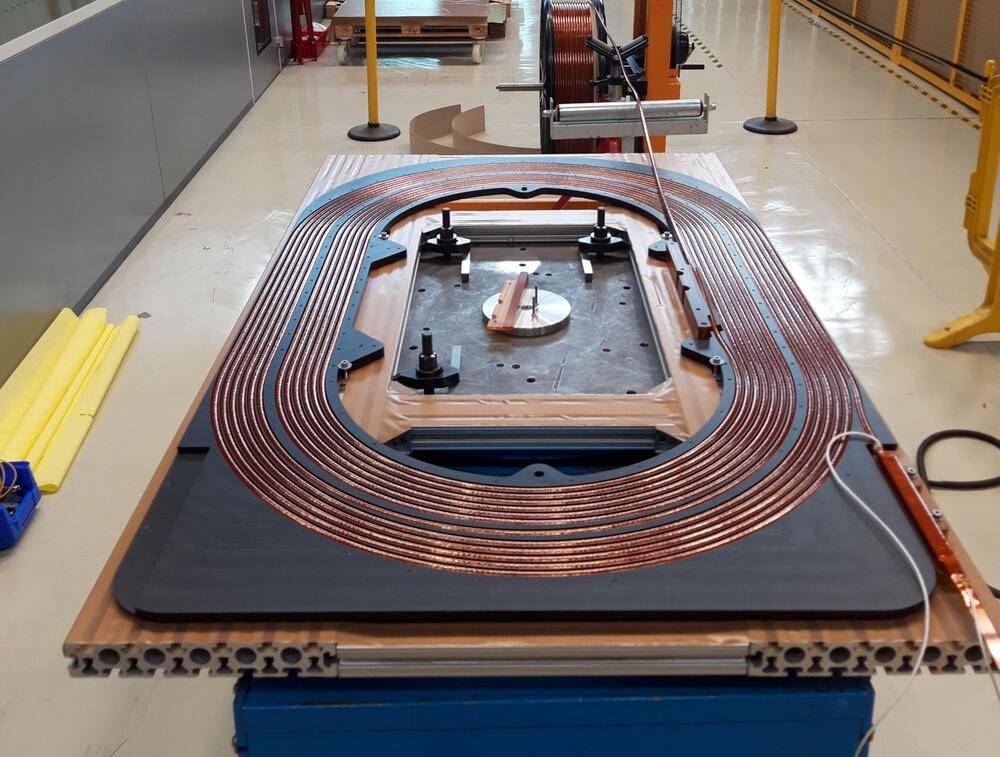Jul 8, 2024
A gold mine for neutrino physics
Posted by Cecile G. Tamura in category: particle physics
In 1968, deep underground in the Homestake gold mine in South Dakota, Ray Davis Jr.
At the same time, Steven Weinberg and Abdus Salam were carrying out major construction work on what would become the Standard Model of particle physics, building the Higgs mechanism into Sheldon Glashow’s unification of the electromagnetic and weak interactions. The Standard Model is still bulletproof today, with one proven exception: the nonzero neutrino masses for which Davis’s observations were in hindsight the first experimental evidence.
Today, neutrinos are still one of the most promising windows into physics beyond the Standard Model, with the potential to impact many open questions in fundamental science ( CERN Courier May/June 2024 p29). One of the most ambitious experiments to study them is currently taking shape in the same gold mine as Davis’s experiment more than half a century before.

















